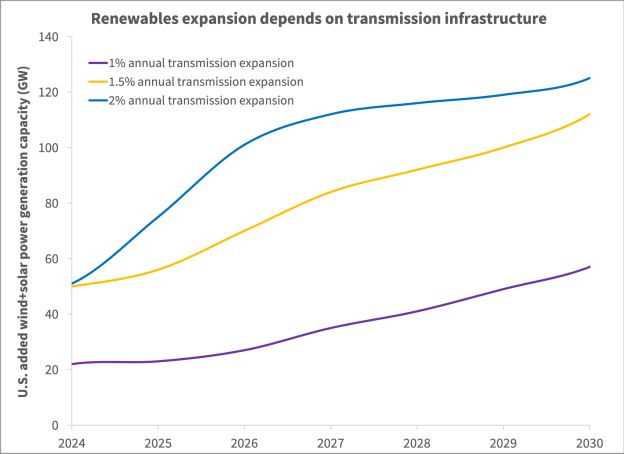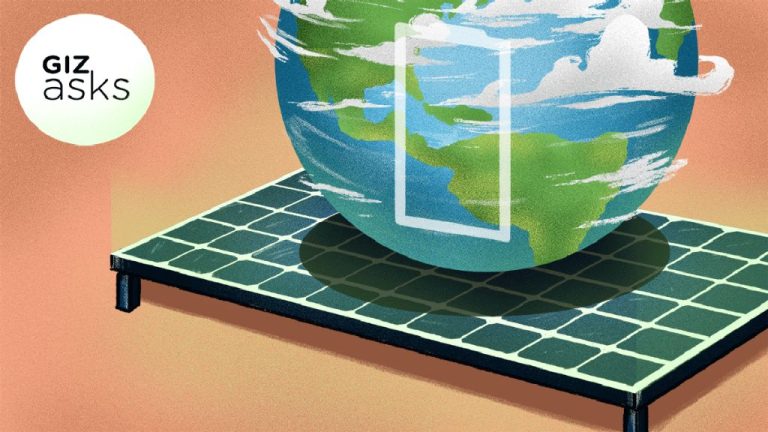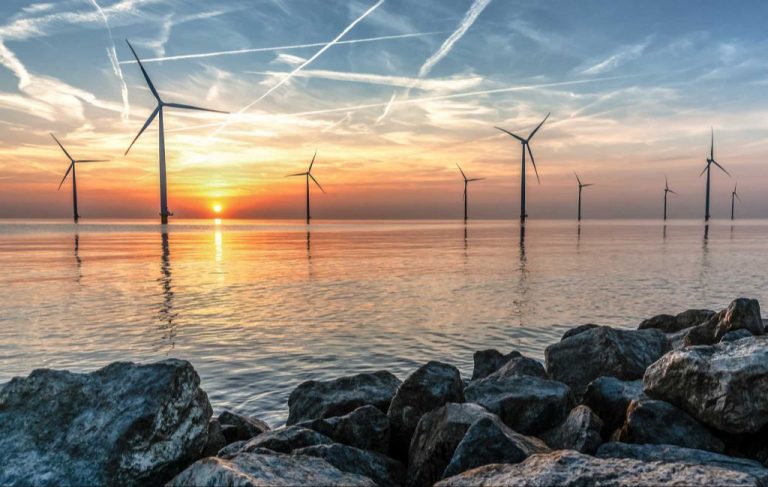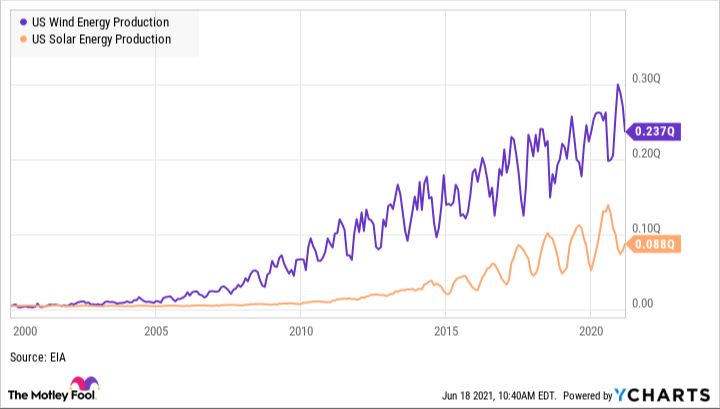Is Green Energy Really Green?
There has been growing interest and adoption of green energy sources like solar, wind, and hydro power in recent years. Green energy is defined as energy that comes from natural sources and causes little to no harm to the environment. With climate change and pollution being major global concerns, green energy seems like an ideal solution. However, there is an ongoing debate around whether green energy is truly as “green” and sustainable as it claims.
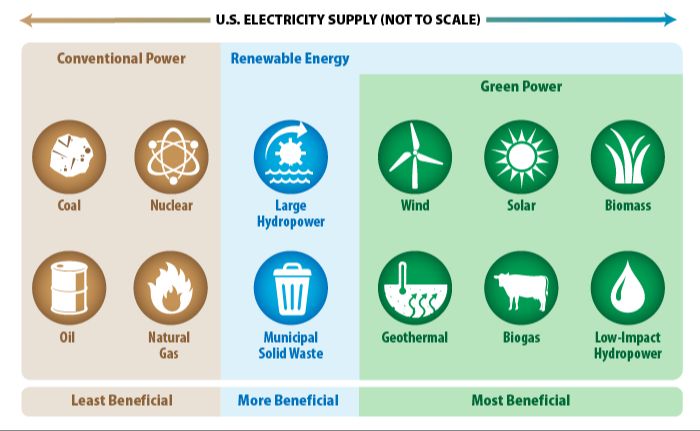
Sources cited:
https://www.nationalgrid.com/stories/energy-explained/what-is-green-energy
https://www.twi-global.com/technical-knowledge/faqs/what-is-green-energy
Greenhouse Gas Emissions
Green energy sources like wind, solar, and hydroelectric power emit far fewer greenhouse gases than fossil fuels like coal, oil, and natural gas. According to the World Resources Institute, renewables generate more energy than is used in their production, and produce fewer emissions than other power sources over their lifetime (https://www.wri.org/insights/setting-record-straight-about-renewable-energy). The UN states that fossil fuels account for over 75% of global greenhouse gas emissions, while renewable energy can provide power with minimal emissions and help mitigate climate change (https://www.un.org/en/climatechange/raising-ambition/renewable-energy).
Some key statistics comparing emissions between green energy and fossil fuels:
- Solar PV systems generate over 80 times less lifecycle emissions per kWh than coal (WRI).
- Wind turbines generate 10-20 times less emissions than natural gas plants per unit of electricity (WRI).
- Hydropower emits 48 times less carbon dioxide than natural gas per kWh (EIA).
- Geothermal plants emit 38 times less greenhouse gases than a conventional coal plant (Union of Concerned Scientists).
Transitioning to renewable energy is critical for reducing greenhouse gas emissions and mitigating climate change.
Air and Water Pollution
Renewable energy sources like solar, wind and hydro produce significantly less air and water pollution when generating electricity compared to burning fossil fuels like coal and natural gas. According to the European Environment Agency, the increased use of renewable energy across Europe since 2005 has helped avoid major emissions of air pollutants like particulate matter, nitrogen oxides and sulfur dioxide, which contribute to problems like smog, acid rain and respiratory diseases [1]. Unlike coal plants that emit pollution at the power source, most emissions from renewable sources happen indirectly during manufacturing and construction. Solar and wind emit no air pollution when operating, and hydro’s only emissions come from vehicles around the dam. The Union of Concerned Scientists found that for every megawatt hour of electricity, natural gas emits 0.744 pounds of nitrogen oxides, while wind emits only 0.00023 pounds [2]. This huge reduction in nitrogen oxides, sulfur dioxide and particulate matter from renewable energy helps reduce smog and respiratory problems.
Toxic Waste
While green energy aims to be environmentally friendly, some forms of renewable energy production do involve the use of toxic materials. For example, solar photovoltaic panels require metals like lead and cadmium during manufacturing.[1] These metals can pose risks if not disposed of properly. In addition, some solar systems use hazardous heat transfer fluids.[2]
However, studies show the waste from renewable sources is minimal compared to fossil fuels. The toxic waste produced from solar panels is estimated to be 300 times less per unit of energy than waste from gas, coal or nuclear plants.[3] Extracting and processing fossil fuels generates substantial solid waste, wastewater and air pollution. While no energy source is completely emissions-free, renewable energy has a much smaller toxic footprint overall.
Wildlife and Habitat
Green energy sources like wind turbines and solar farms can negatively impact wildlife habitats and migration patterns. Wind turbines in particular can injure or kill birds and bats that fly into the rotating blades (Source). The construction of wind and solar farms also takes up large land areas that could otherwise be wildlife habitats. One study found that renewable energy projects impacted wildlife habitats across a land area equivalent to the state of Maine (Source).
However, it’s important to contrast this with the extensive habitat destruction caused by fossil fuel extraction and use. Mining and drilling for fossil fuels removes vegetation and can cause erosion and water pollution over large areas. Oil spills have devastating impacts on waterfowl, marine life, and entire coastal ecosystems. The impacts of climate change caused by burning fossil fuels also threaten many habitats through drought, flooding, heat waves and other extreme weather (Source). While green energy has some local wildlife impacts, avoiding fossil fuels is critical for preserving habitats and biodiversity on a global scale.
Land Usage
Green energy projects like wind and solar farms can require significant amounts of land to generate electricity compared to fossil fuel power plants. According to research from the National Renewable Energy Laboratory, generating 20% of U.S. electricity from wind power would require land equivalent to the state of West Virginia. Solar photovoltaic plants require around 8 acres per megawatt of electricity production capacity.[1] In comparison, natural gas and coal plants need much less space per megawatt.
However, looking just at land usage per unit of electricity generation doesn’t tell the whole story. Extracting and transporting fossil fuels also uses large areas of land, which needs to be accounted for when making comparisons. Coal mining impacted over 2 million acres in 2020.[2] Oil and gas drilling and production facilities span millions more acres across the U.S. Overall, most studies find renewables use less land than fossil fuels for each unit of energy produced when factoring in the entire lifecycle from extraction to end use.[3]
The land usage impacts of renewables can be minimized by siting projects on disturbed lands like abandoned mining sites or by co-locating solar and wind with agriculture. With thoughtful planning and policies, transitioning to renewable energy does not necessarily mean covering huge swaths of land with solar panels and wind turbines.
[1] https://www.brookings.edu/articles/renewables-land-use-and-local-opposition-in-the-united-states/
[2] https://frontiergroup.org/resources/land-use-renewable-energy-system
[3] https://blog.ucsusa.org/steve-clemmer/how-much-land-would-it-require-to-get-most-of-our-electricity-from-wind-and-solar/
Reliability
One common criticism of renewable energy like wind and solar is that it relies on favorable weather conditions and is intermittent, meaning the energy supply can fluctuate. This is in contrast to traditional power plants like coal, natural gas, and nuclear which provide steady “baseload” power. According to the UCLA report, the variability of solar and wind does create challenges for grid reliability, but these can be overcome[1].
Studies have shown that the grid can accommodate very high levels of renewable energy with the right grid management, transmission, forecasting, demand management, and energy storage. For example, Texas can reliably get 46% of its power from wind and solar by optimizing its transmission grid[2]. Reliability depends greatly on diversifying energy sources and having backup power ready. Overall, renewable energy can be highly reliable when integrated properly into the grid.
Cost
Currently, the upfront costs of building and installing green energy technologies like wind turbines and solar panels tend to be higher than simply building new fossil fuel power plants (1). However, analysis by the International Renewable Energy Agency shows that between 2010 and 2022, the costs of solar and wind power declined so significantly that they became cost-competitive with fossil fuels even without financial support (2). Looking forward, most experts project that as technology continues to mature, the costs of renewable energy will decrease further. The International Renewable Energy Agency predicts that by 2026, all commercially available renewable power generation technologies could have lower costs than the cheapest new fossil fuel option (2). So while fossil fuels may hold a slight cost advantage today, within a few years green energy is expected to be definitively cheaper.
Job Creation
The renewable energy sector is creating a significant number of new jobs globally. According to Citizens Climate Lobby, clean energy and energy efficiency creates more employment opportunities than continued fossil fuel extraction, with comparable wages [1]. Forbes reports that clean energy jobs in the US are booming and making up for job losses in the fossil fuel industry. Jobs in clean energy offer higher than average wages and are accessible to workers without college degrees [2].
While some renewable energy jobs may offer lower pay or be less unionized, many fossil fuel workers can transition to clean energy jobs, according to Brookings [3]. With training and incentives, fossil fuel communities can benefit from the renewable energy job boom.
Conclusion: More Nuanced Discussion Needed
In examining the debate around whether green energy is truly “green,” we’ve looked at arguments on both sides. Proponents point to reduced greenhouse gas emissions and less air and water pollution compared to fossil fuels. However, critics argue that green energy comes with its own environmental impacts, including toxic waste from solar panel production, wind turbines disrupting wildlife habitats, and large solar and wind farms taking up significant land area. Green energy sources also face questions around reliability and cost-competitiveness.
While renewable sources are clearly an important part of tackling climate change, the debate shows the need for more nuanced discussion. There are advantages and disadvantages to all energy sources. Continued technological improvements and further research around mitigating the downsides of green energy will be important. There are also debates around the right energy mix and transition timelines. Rather than binary ‘green’ or ‘not green’ classifications, factoring in these complex considerations allows for more meaningful dialogue on our energy future.
The debate ultimately shows the need for an energy transition that balances multiple priorities – reducing emissions, minimizing environmental harm, maintaining reliability and affordability, and more. With open and thoughtful discussion accounting for all perspectives, we can work toward an energy system that responsibly meets current needs while protecting the planet for future generations.

